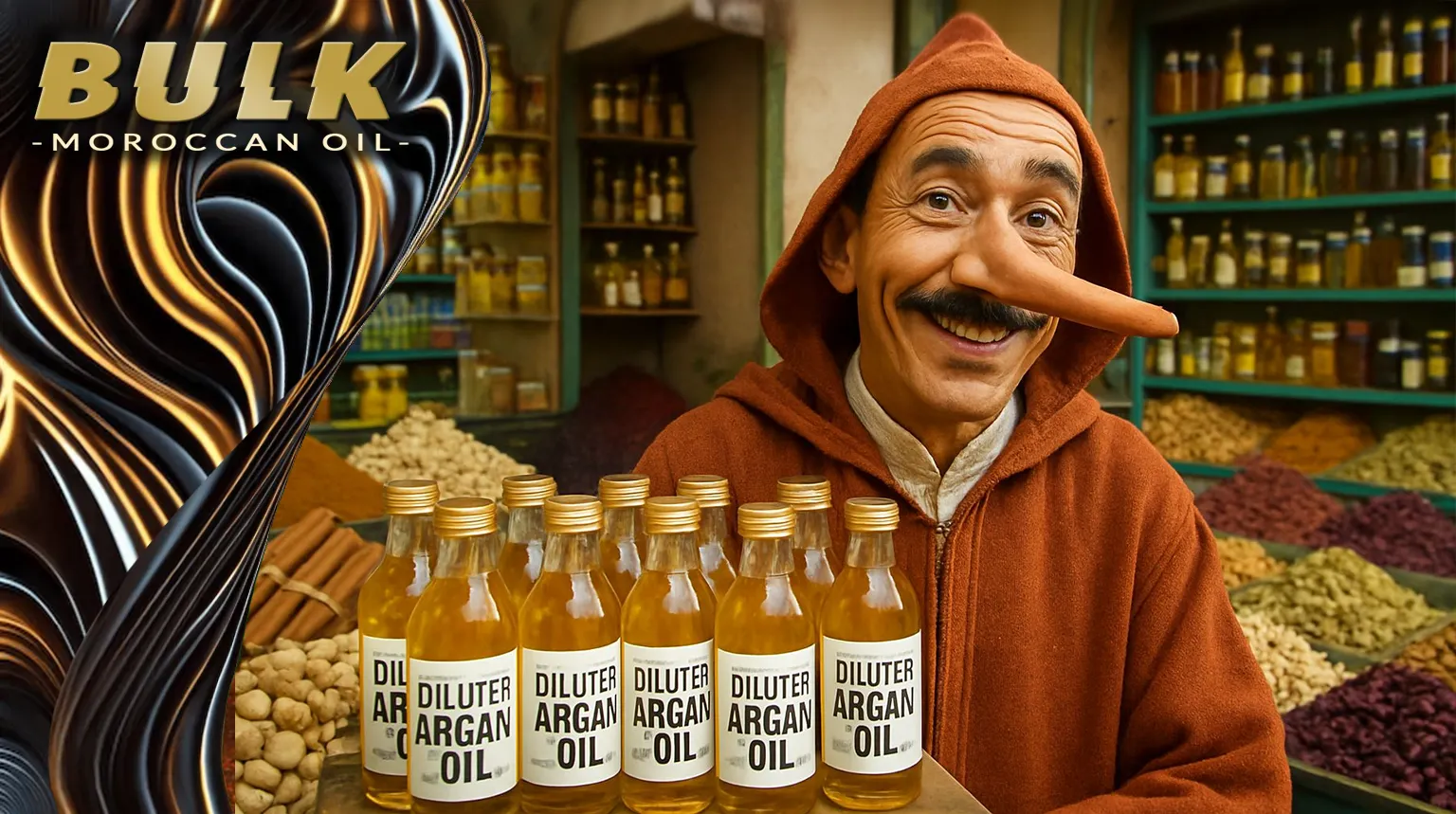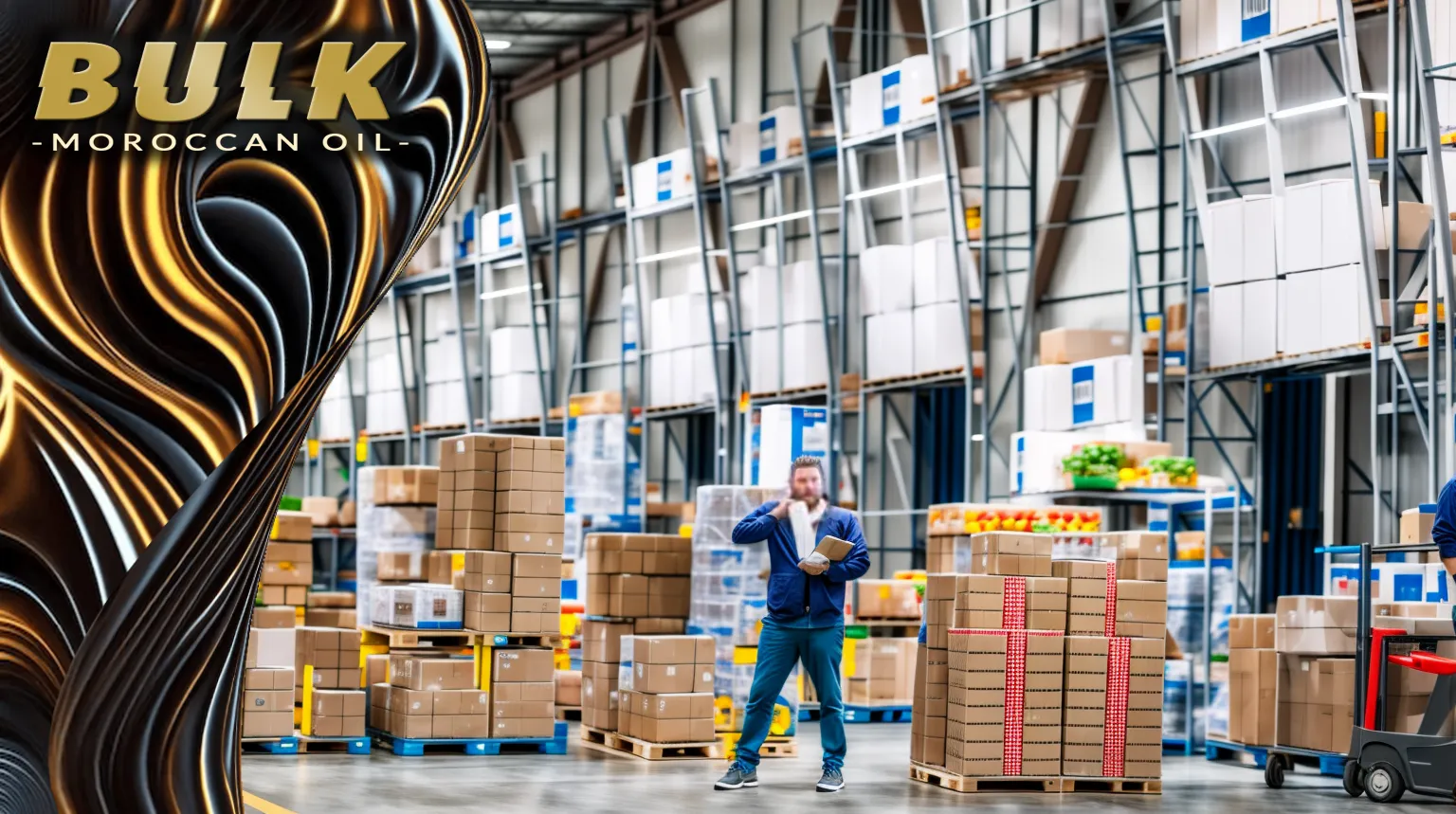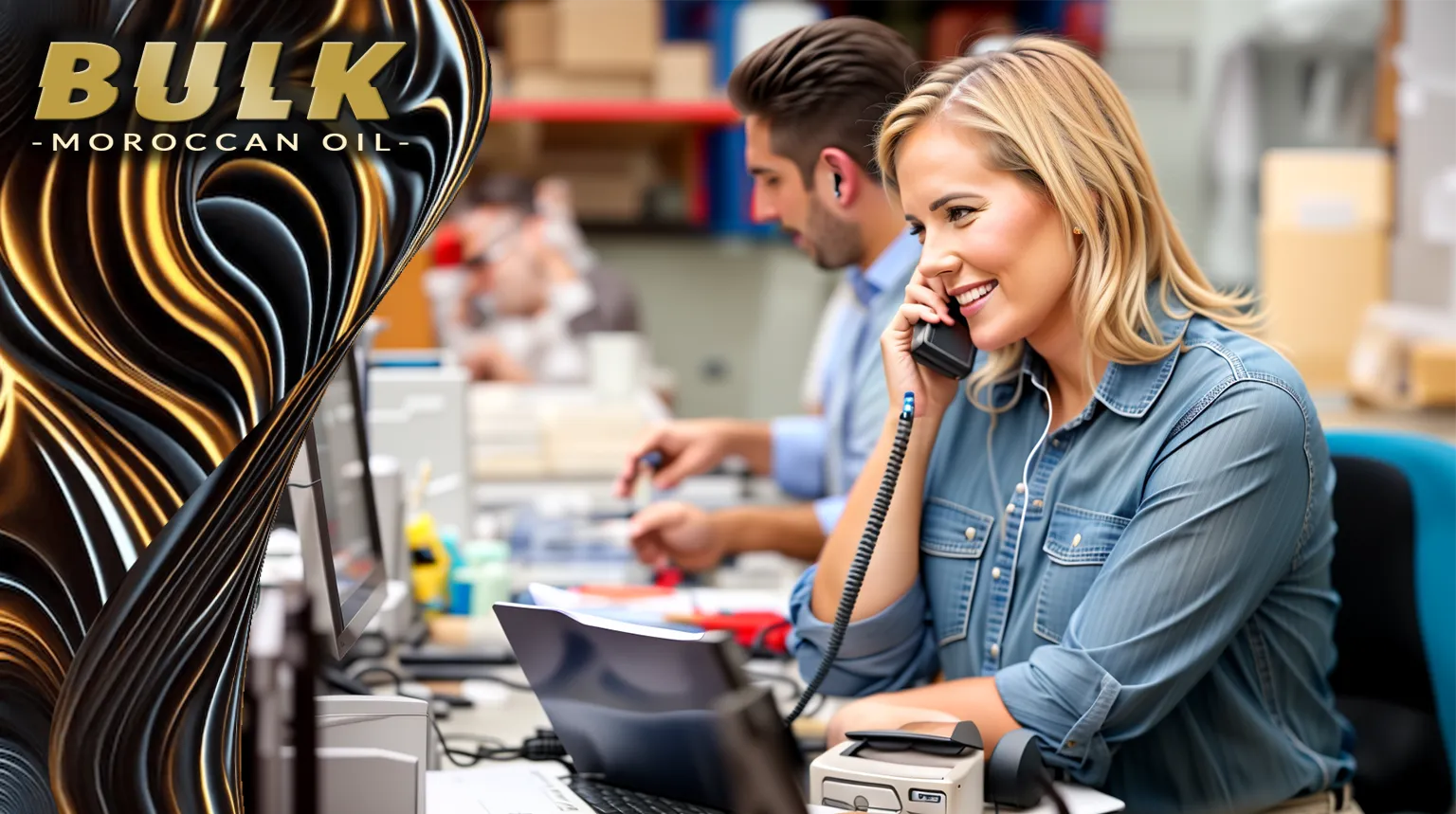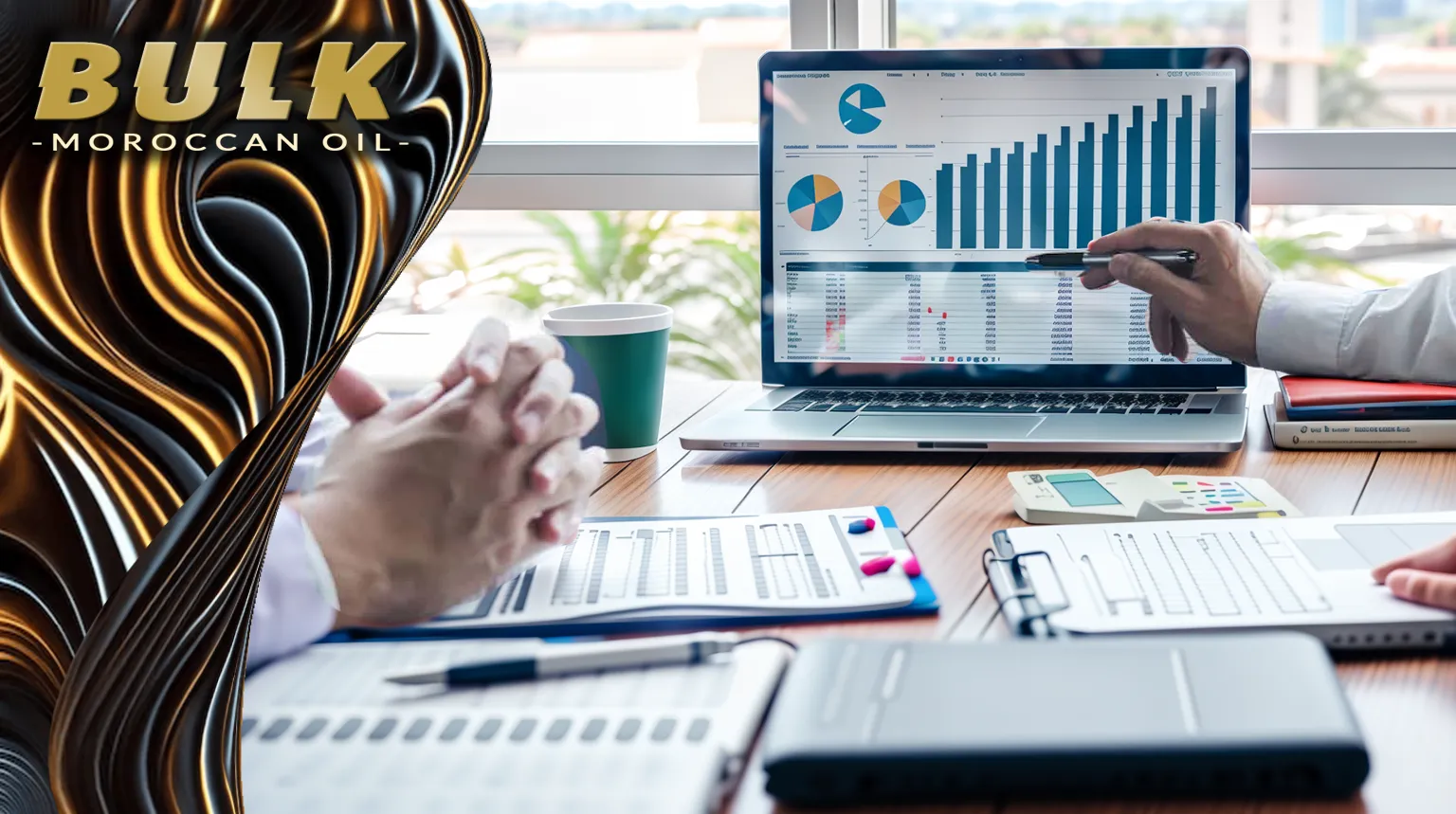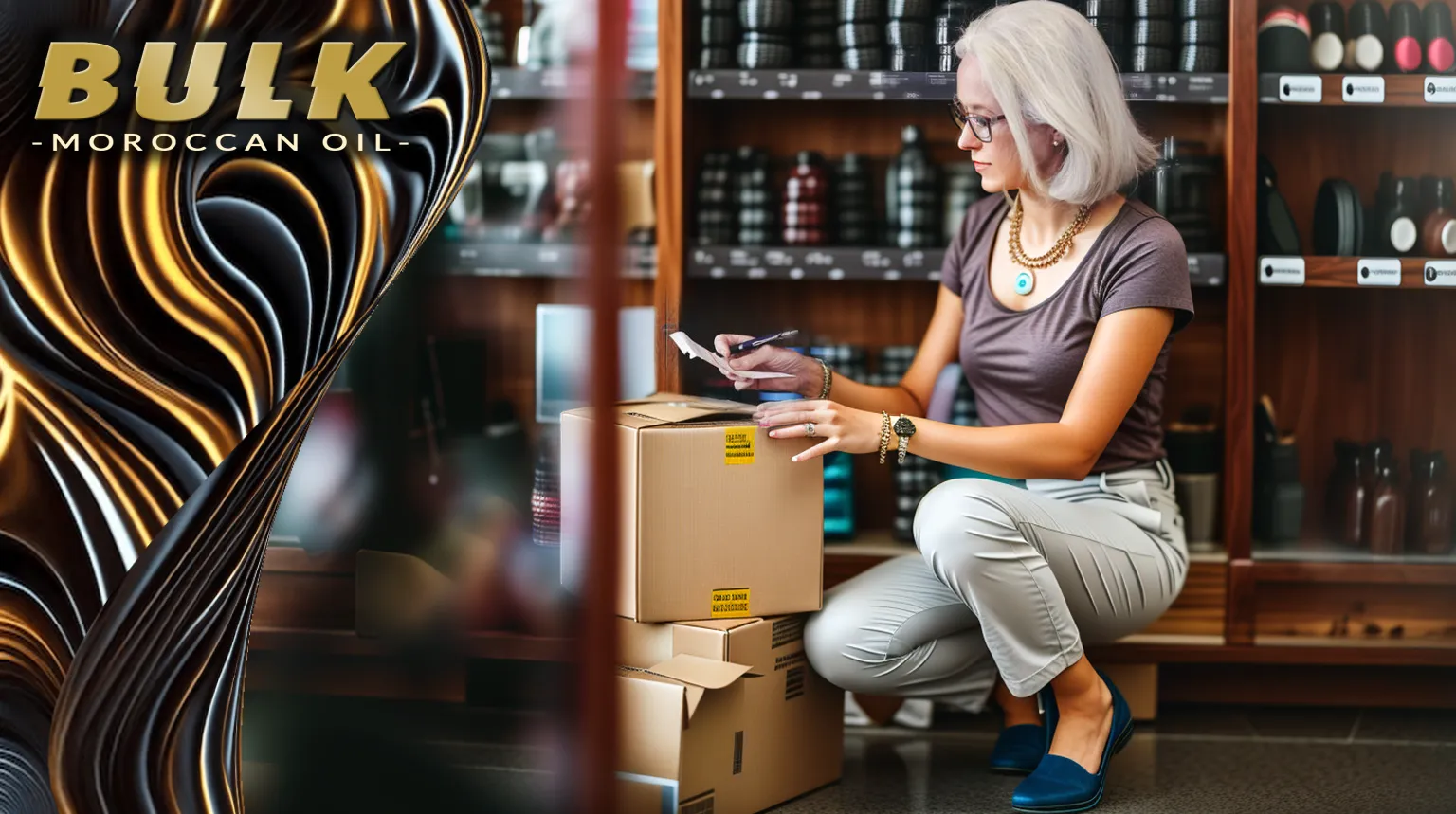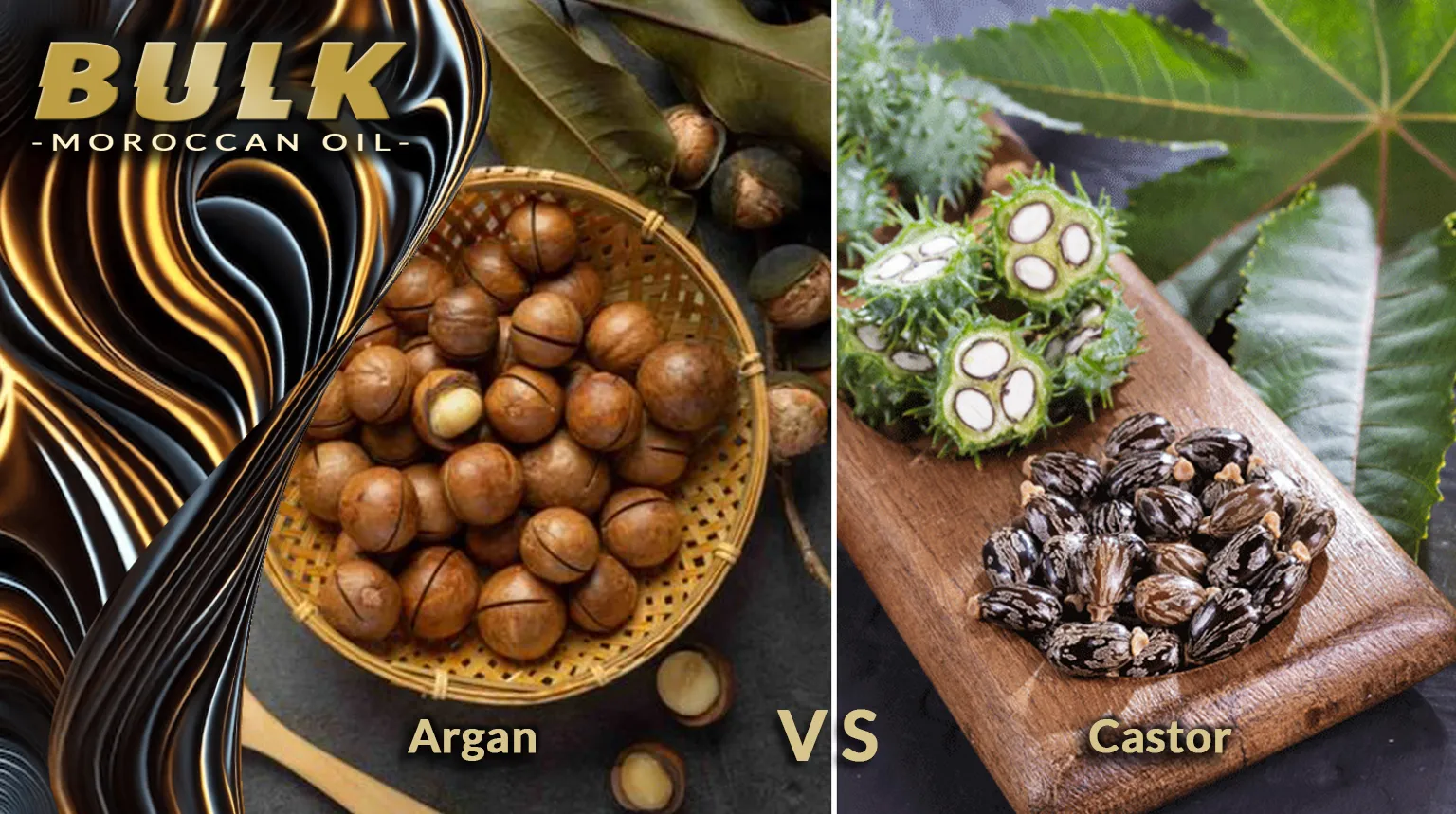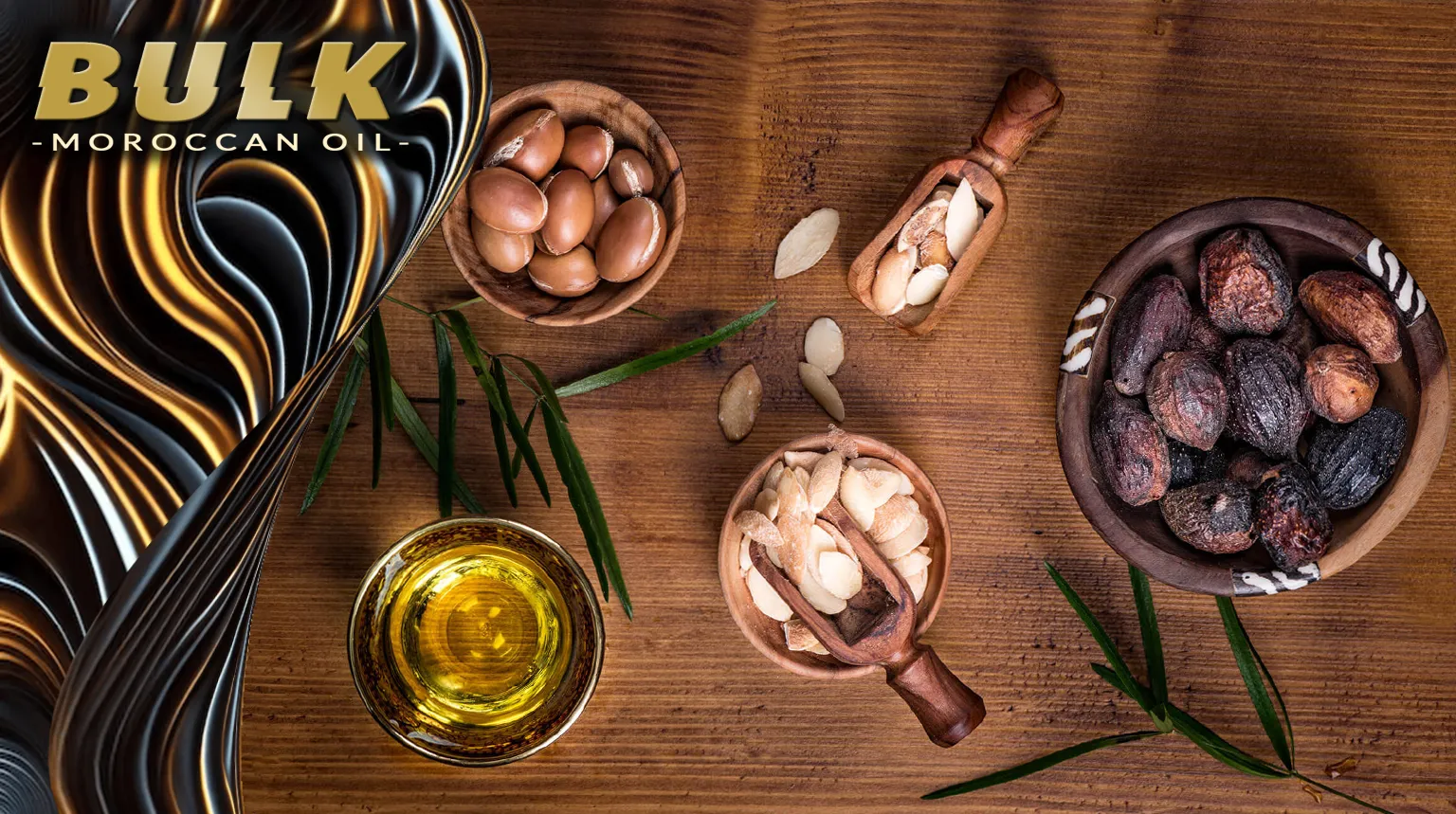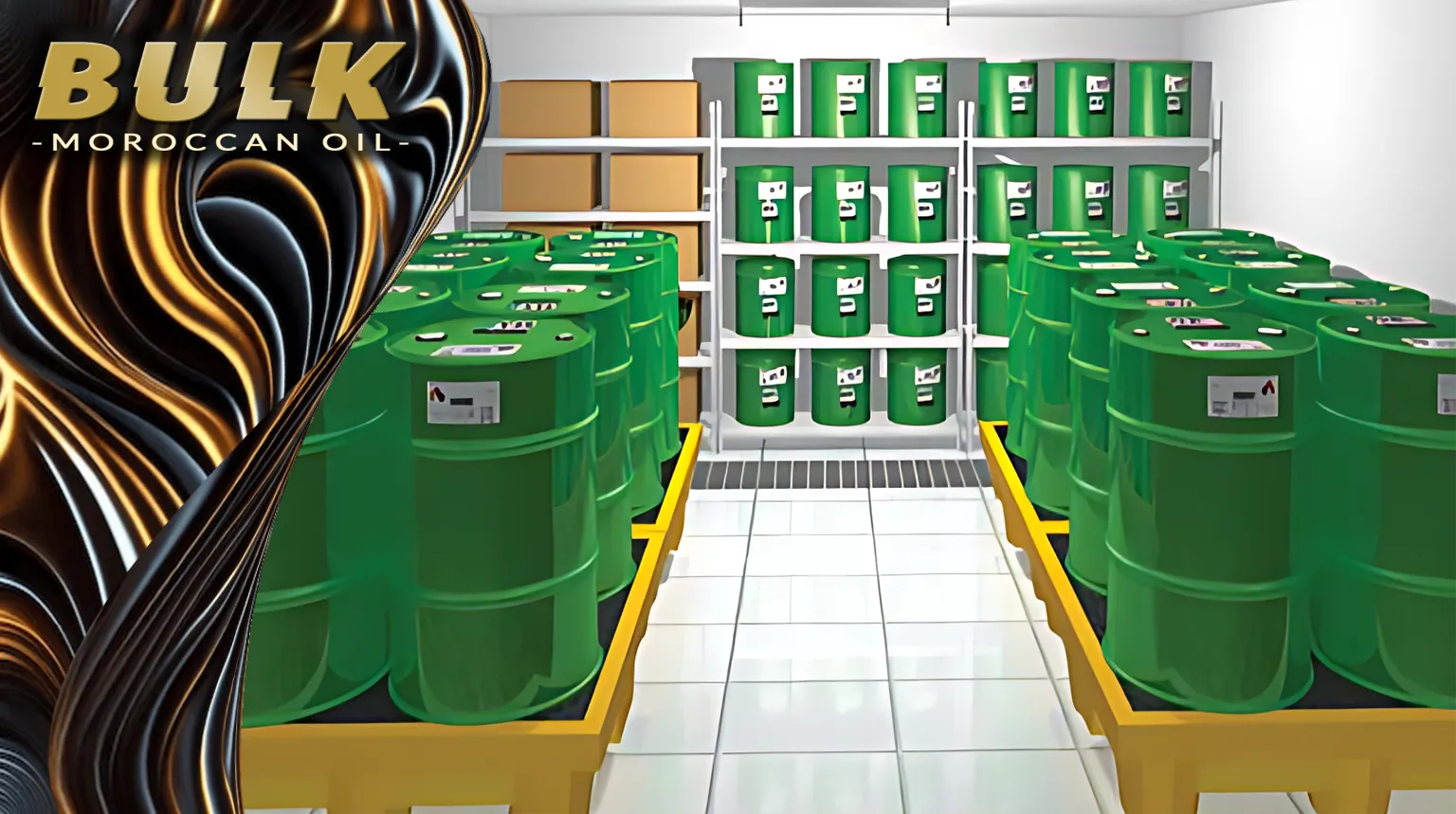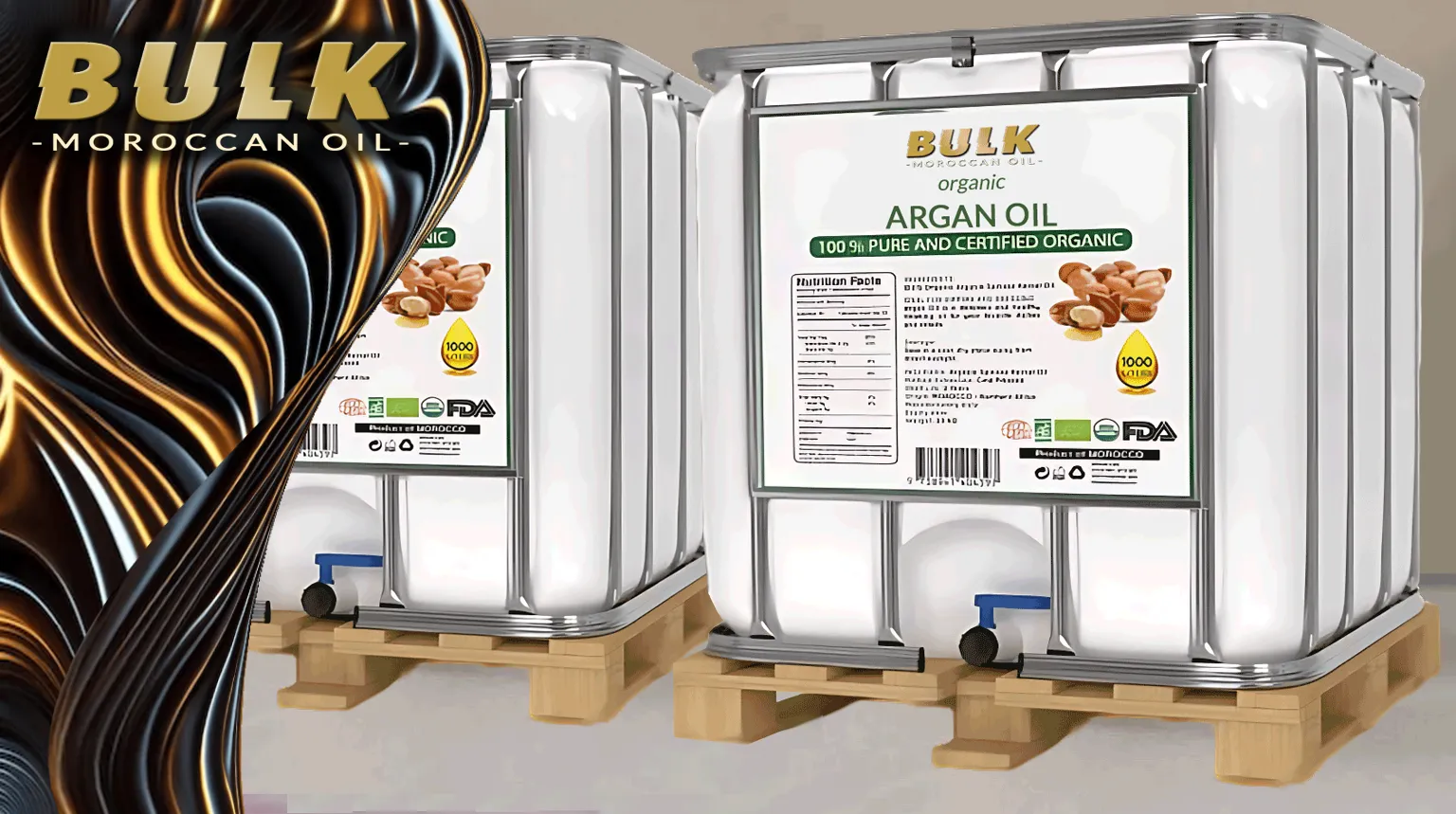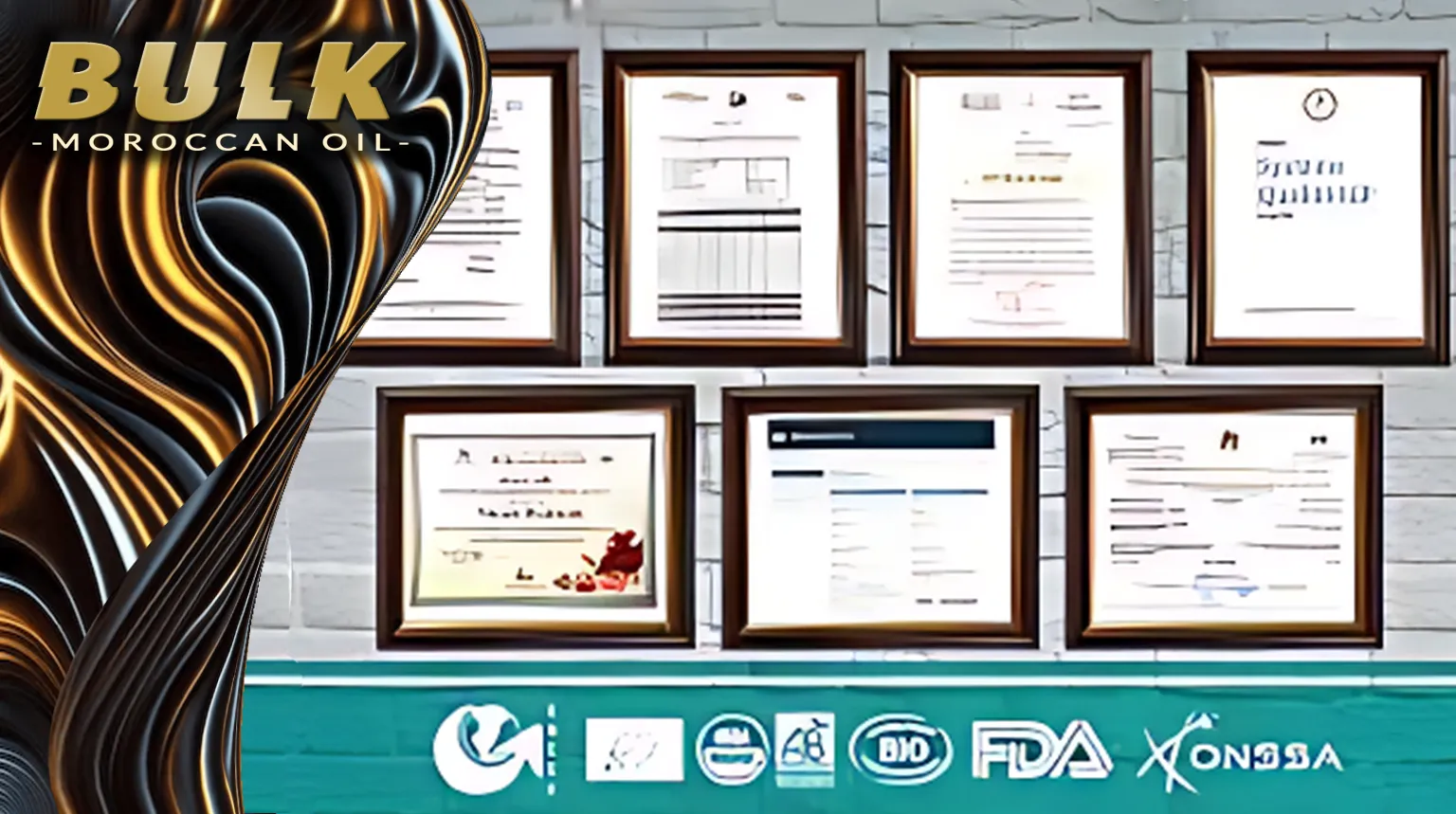Understanding the Wholesale Business and becoming a Wholesale Distributor.
Are you considering starting a wholesale business? Wholesale can be an excellent additional sales channel for your product-based business, bringing in extra revenue and increasing your credibility in the market. But before you dive into this business segment, it's essential to understand the ins and outs of the wholesale industry. In this comprehensive guide, we will explore the key aspects of understanding the wholesale business, including different types of wholesale agreements, the benefits of wholesale, and how to prepare your products for wholesale success.
Content:
1. What is Wholesale?
2. Different Types of Wholesale Agreements
3. The Benefits of Wholesale
4. Is Wholesale Right for You?
5. Common Wholesale Myths
6. Getting Your Products Wholesale Ready
7. Creating Sales Material and Product Photography
8. Cash Flow and Covering Upfront Costs
9. Pricing Your Products for Wholesale
10. Five Steps to Prepare for Wholesale
11. Pitching to Retailers for Wholesale Success
12. Staying Committed and Making Wholesale Happen
This blog is brought to you by BULK Moroccan Oil, your wholesale supplier for organic pure Argan oil.
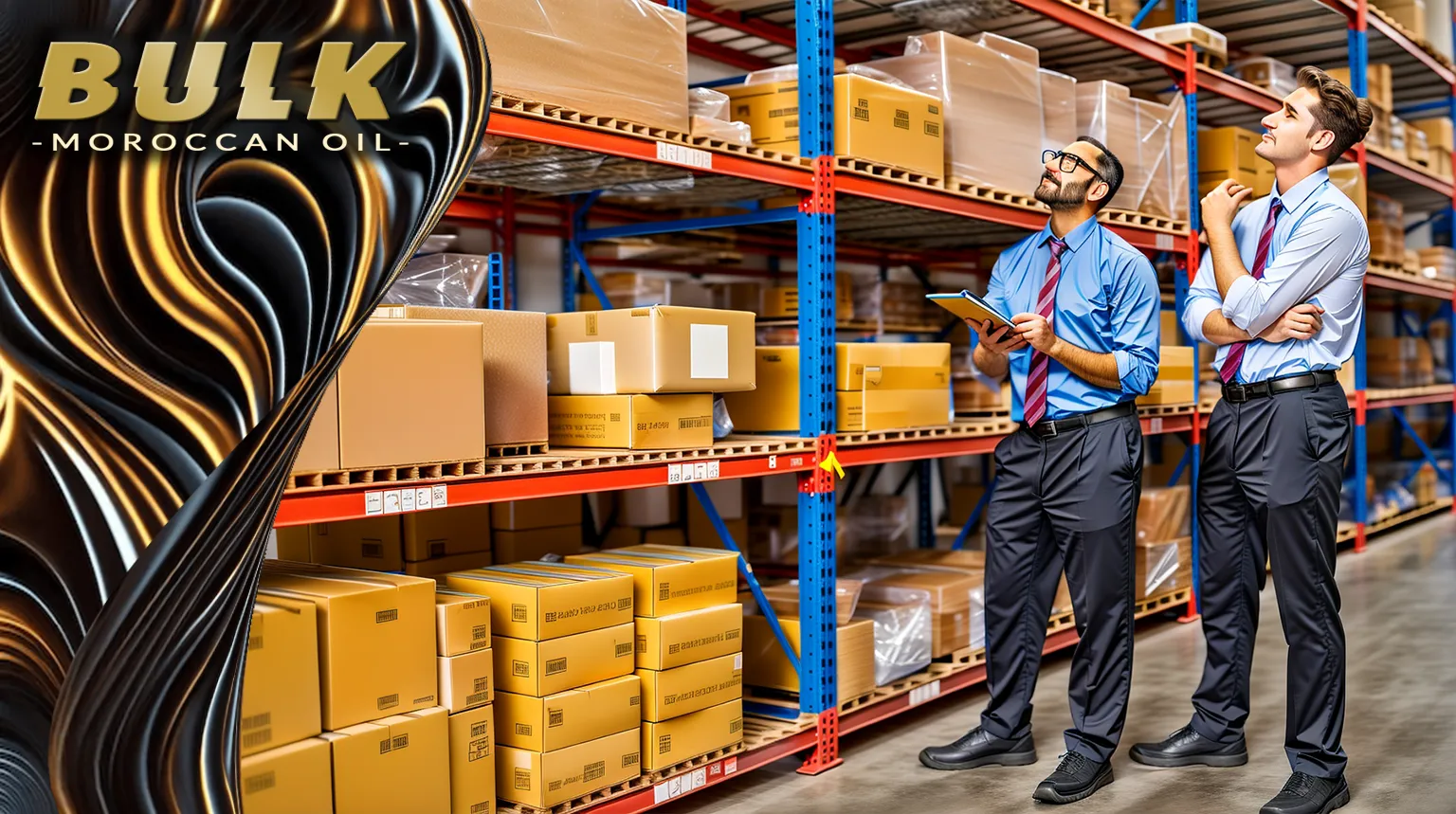
What is Wholesale?
In the world of wholesale business, companies buy and sell goods in large quantities, often reselling them in retail markets, while others might choose to sell directly to end customers, creating a dynamic change in traditional supply chain dynamics and wholesale distribution. Wholesale refers to selling products in bulk to retail businesses that sell them to consumers through their retail stores. It is a crucial part of the supply chain, connecting manufacturers or suppliers with retailers.
By selling products in larger quantities, wholesalers enable retailers to access a wide range of goods at wholesale prices, making them profit when selling to end consumers. Retailers sell smaller quantities of their goods directly to consumers but have mostly larger margins and a higher price. The wholesaler does buy goods in bulk and, for that, gets better purchasing prices.
Like retailers, who can also sell their products in an online store, the e-commerce business aspects can also be online. Also, expos can be used fully to get exposure, build trust, and meet new contacts who want to buy in bulk. Some wholesalers also allow end consumers to purchase goods. E-commerce makes this easier to do but makes sure you don't harm relationships with your wholesale clients.
Within the realm of wholesale, different types of wholesale agreements define the relationship between wholesalers and retailers. Let's explore these agreements:
Different Types of Wholesale Agreements
- Firm Sale: This is the most common type of wholesale agreement. Once a retailer buys stock from a wholesaler or distributor, they take ownership of the products, and unless the items are faulty, they cannot return them, but they mostly have lower prices.
- Sale or Return: In a sale or return agreement, a retailer places an order and pays for the products in full. If the items don't sell within a specified period, the retailer can return them to the wholesaler, who then issues a credit note for the returned stock in resalable condition.
- Commission: Commission sales involve placing a range of products in a store, and when the retailer makes a sale, they pay the wholesaler a percentage of the selling price as commission. It is essential to define the terms of this agreement, as the wholesaler may be responsible for any damages or other issues.
Understanding these types of wholesale agreements will help you determine which option aligns best with your business goals and preferences. Having different agreements makes you more flexible to sell your products and make a profit.
The Benefits of Wholesale
There are several benefits to selling large quantities in your wholesale business strategy. Let's explore some of these advantages:
- Bringing in Extra Revenue: Wholesale provides an additional sales channel for your products, allowing you to generate more income and expand your customer base.
- Increasing Your Credibility: By having your type of products stocked in retail stores or associated with well-known brands, you build trust and credibility with your target audience, enhancing your brand reputation.
- Increased Volumes and Supplier Opportunities: Selling products in larger quantities through wholesale opens up opportunities for better negotiation with suppliers and couriers. It can also lead to access to more suppliers who may not have been accessible previously.
- Paid Marketing and More Eyes on Your Brand: When your products are stocked in stores, they receive more exposure, reaching a wider audience. This increased visibility is a form of paid marketing, as retailers promote your brand within their customer base.
- Better Customer Service and Product Experience: Some customers prefer experiencing products in-store before purchasing. Stocked in brick-and-mortar stores allows potential customers to interact with your products physically, leading to a better overall experience and potentially increasing sales.
Now that we understand wholesale's benefits, let's explore whether wholesale is the right fit for your business.

Is Wholesale Right for You?
Determining whether wholesale is the right strategy for your business requires careful consideration. Here are some factors to evaluate:
- Growing Sales and Brand Awareness: If you want to expand your sales and increase brand awareness, wholesale can be a valuable opportunity to reach new customers through retail channels.
- Long-term Strategy & Goals: Wholesale should align with your business strategy and goals. Consider whether it complements your vision and can contribute to your business's growth and sustainability.
- Active Sales Efforts and Communication: Wholesale requires proactive sales efforts and regular retail communication. Ensure you have the time and resources to actively work on your wholesale operations and maintain relationships with retailers.
- Legal Requirements and Existing Demand: Before entering the wholesale market, ensure your products meet all legal requirements. It's also essential to have existing demand for your products, indicating they are well-received in the market.
- Consistent Product Quality and Quantity: To succeed in wholesale, you must consistently deliver products of high quality and maintain a steady supply. Evaluate whether your manufacturing capabilities can handle increased production if demand rises.
Considering these factors, you can determine whether wholesale suits your business. Let's debunk some common myths that might hold you back from starting wholesale.
Common Wholesale Myths
- My Business Isn't Big Enough for Wholesale: You don't need a massive business or a large team to start wholesaling. You can begin with a small product range and gradually expand as you grow.
- My Product Range Isn't Big Enough for Wholesale: Having a small range is not a barrier to entry for wholesale. Starting with one or two products you excel in can be a great way to enter the wholesale market.
- My Product Isn't Ready Yet: If your product has been selling successfully, even for a few months, it is likely ready for wholesale. Don't let perfectionism prevent you from taking advantage of the wholesale opportunity.
- I Won't Make Any Money on Wholesale: If your pricing is not conducive to wholesale, it may be time to reevaluate your pricing strategy. Proper pricing can make wholesale profitable for your business.
- I Won't Be Able to Meet Retailer's Demands or Fulfill Big Orders: As a wholesaler, you control the volume of orders retailers can place. Set your order volumes at a level that works for you, ensuring you can fulfill them consistently.
Now that we have debunked these myths, let's delve into preparing your products for wholesale success.
Getting Your Products Wholesale Ready
Preparing your products for wholesale involves several key considerations:
- Shelf-Readiness and Legal Requirements: Evaluate whether your products can be displayed on store shelves. Consider packaging, labeling, compliance with legal requirements, and any necessary product testing.
- Display and Packaging Considerations: Think about how your products will be displayed in stores and how they can truly shine. Consider the type of packaging, display options, and how your products stand out alongside similar offerings.
- Scaling Product Production: If you currently make all your products, start by selling to other small business owners to gauge demand and expected volumes. As you enter the wholesale market, you must produce larger quantities, so consider hiring additional help or investing more time.
By ensuring your products are ready for wholesale, you can confidently approach retailers and make a strong impression. Next, let's discuss the creation of sales material and product photography to showcase your products effectively.
Creating Sales Material and Product Photography
To effectively market your products to retailers, you must create compelling sales material and captivating product photography. Here are some key considerations:
- Line Sheets or Catalogues: Create a professional line sheet or catalog that introduces your brand, showcases your products with clear images, and includes essential details such as wholesale prices, recommended retail prices, and ordering information. Make it easy for retailers to understand and order your products.
- Professional Product Photography: Invest in high-quality product photography that truly highlights the features and benefits of your products. Clear, well-lit images can make a significant difference in attracting retailers and, ultimately, customers. Consider hiring a professional photographer and creating a shared drive or Dropbox folder for easy sharing with retailers.
With visually appealing sales material and product photography, you can effectively communicate the value of your products to retailers. However, it's essential to consider your cash flow and cover upfront costs as you navigate the wholesale market.
Cash Flow and Covering Upfront Costs
Starting wholesale often requires you to cover upfront costs before receiving payment from retailers. Here are some considerations:
- Payment Terms: Initially, retailers may prefer to pay for their orders upfront, ensuring you receive payment before shipping their products. However, as you establish relationships and build trust, you may offer credit accounts with 30-day payment terms.
- Start Slow and Small: To manage cash flow effectively, consider targeting independent shops first and focus on building solid relationships. Start with manageable orders, ensuring you can fulfill them without financial strain. As you grow and strengthen your financial position, you can expand to larger retailers if desired.
By carefully managing cash flow and starting with smaller orders, you can navigate the challenges of upfront costs and build a stable wholesale operation. Now, let's dive into pricing your products for wholesale success.
Pricing Your Products for Wholesale
Pricing your products appropriately is crucial for wholesale success. While there is no one-size-fits-all formula, here are some key considerations:
- Value-led Pricing Approach: Instead of relying on a set pricing formula, consider the value your products offer to customers. Price your products based on customer perception, market research, and the value they bring to retailers.
- Understanding Price Margin, Discount, and Markup: Price margin refers to what retailers retain after paying VAT, while discount refers to the percentage they receive off the recommended retail price. Markup is the multiplier applied to the cost price to determine the retail or selling price.
- Typical Wholesale Pricing Margins: In the home and gifts industry, a standard markup is often around 60% or 2.5 times the wholesale price. Starting below 50% markup can make it challenging to operate profitably in wholesale.
Remember, pricing is not set in stone, and you can adjust it as needed in the future. Regularly review your pricing strategy to ensure it aligns with market trends, meets your business goals, and maximizes profitability.
Now that we have covered pricing, let's outline the five steps to prepare for successful wholesale operations.

Five Steps to Prepare for Wholesale
- Get Your Products Wholesale Ready: Consider packaging, labeling, and legal requirements to ensure your products meet the standards for retail display.
- Get Clear on Your Target Customers: Identify your ideal customers, understand their needs and preferences, and conduct market research to position your products effectively.
- Price Your Products for Wholesale Profit: Focus on value-led pricing, considering customer perceptions and market expectations to determine competitive yet profitable pricing.
- Create Your Wholesale Line Sheet or Catalogue: Develop professional sales materials that effectively showcase your products, including explicit images, pricing, ordering information, and terms of sale.
- Establish Wholesale Terms and Conditions: Define your minimum order requirements, payment terms, pack sizes, lead times, and any other relevant terms to create a clear framework for wholesale transactions.
By following these steps, you will be well-prepared to engage in wholesale and approach retailers confidently. However, it's essential to remember that wholesale success requires active sales efforts and effective pitching to retail buyers.
Pitching to Retailers for Wholesale Success
When pitching your products to retailers, personalized and targeted communication is key. Here are some tips for effective pitching:
- Find Retailer Buyers: Use social media platforms like Instagram to find independent shop owners and understand their buyer personas. Research hashtags and engage with retailers who align with your brand.
- Personalized Email Pitching: Craft personalized pitch emails highlighting your brand's and products' unique aspects. Include essential information about what you sell, pricing, images, and how your products can benefit retailers and their customers.
- Following Up and Building Relationships: Securing a sale often requires consistent follow-ups and relationship-building. Keep retailers updated on new products, promotions, and any relevant updates that interest them.
With diligent pitching and relationship-building, you can secure valuable wholesale partnerships and expand your distribution channels. Let's discuss the importance of staying committed and making your wholesale ambitions a reality.
Staying Committed and Making Wholesale Happen
Starting something new can be intimidating, but it can also be incredibly rewarding. As you embark on your wholesale journey, keep the following tips in mind:
- Break It Down: The wholesale process can appear overwhelming, but breaking it down into manageable steps will make it more approachable. Focus on one task at a time and avoid multitasking to maintain clarity and progress.
- Stay Focused on Your Goals: Remind yourself of your long-term goals and why you chose to pursue wholesale. This will help you stay motivated and committed, even when faced with challenges or setbacks.
- Embrace the Learning Process: Understand that starting wholesale is a learning experience. Embrace the learning curve, seek advice from mentors or industry experts, and continuously refine your approach based on feedback and insights.
You can transform your wholesale ambitions into a fruitful reality by staying committed, being adaptable, and consistently taking action.
Conclusion
Understanding the wholesale business is essential as you embark on your journey as a wholesaler. Following the steps outlined in this guide, you will be well-equipped to navigate the wholesale market and establish successful partnerships with retailers. Remember to stay proactive, adapt to market trends, and nurture strong relationships with retail buyers. With dedication and strategic efforts, wholesale can become a profitable income driver and significant growth opportunity for your business. Embrace the wholesale adventure and embark on the exciting journey to wholesale success!
Key Points Summary:
- Wholesale involves selling products to retailers in volume, providing an additional sales channel, and increasing credibility.
- Different types of wholesale agreements include firm sale, sale or return, and commission.
- The benefits of wholesale include extra revenue, increased credibility, increased volumes, paid marketing, and better customer service.
- Preparing products for wholesale involves considering shelf-readiness, packaging, and scaling production.
- Wholesale pricing should be based on value-led approaches and understanding price margin, discount, and markup.
- Pitching to retailers requires personalized communication, and relationship-building is essential.
- Staying committed and breaking down the wholesale process into manageable steps leads to success.
Other Articles in this Series:
- Becoming a distributorUnderstanding the Wholesale Business
- Understanding The Wholesale Business
- Securing Financing For Your Wholesale Business
- Planning Your Wholesale BusinessSourcing Wholesale Products
- Sourcing Wholesale Products
- Setting Up Your Wholesale Business
- Understanding the Wholesale Pricing Model
- Marketing and Selling Wholesale Products
- Managing Operations and Logistics
- Expanding and Growing Your Wholesale Business
- Tips Making A Blueprint for a Successful Wholesale Distribution Business
Resources:
- "Retail vs Wholesale: Understanding the Differences of Each" - Brightpearl
- "What is Wholesaling? How It Works & Role in Supply Chain" - Investopedia
- "Wholesale Management Guide | How Wholesaling Works" - BlueCart
- "What is Wholesale? - Learn All About Wholesale" - Oberlo
- "A guide to retail vs wholesale: what's the difference?" - Indeed.com UK
- "A Beginner’s Guide to Understanding Wholesale Business" - CK Wholesale
- "What Is Wholesale Distribution? Benefits, Examples & Tips" - NetSuite
- "5 Hidden Benefits of Wholesale Business" - MultiVariants
- "The Beginner's Guide To Wholesale Your Products" - Small Business Collaborative
Hashtags:
#wholesale #wholesalebusiness #retailvswholesale #supplychain #wholesaledistribution #benefitsofwholesale #wholesaler #distributor #ecommercebusiness #higherprice #smallerquantities #retailer #wholesaleindustry #growyourbusiness #marketopportunities
Frequently Asked Questions (FAQ)
Q: What is a wholesaler in the wholesale business?
A: A wholesaler is a person or company that buys large quantities of goods from manufacturers or distributors and sells them to retailers in smaller quantities.
Q: What is the difference between wholesalers and distributors in the wholesale distribution supply chain?
A: A wholesaler typically sells products to retailers, while a distributor is more involved in getting products to the retailers.
Q: How does wholesale pricing work in the wholesale business?
A: Wholesale pricing involves selling goods in bulk at lower prices than retail prices, allowing retailers to profit when selling the products at retail prices.
Q: How can I buy wholesale products for my business?
A: You can buy wholesale products by establishing relationships with wholesalers, attending trade shows, or using online wholesale marketplaces.
Q: What are the key differences between wholesale and retail businesses?
A: Wholesale businesses sell products in bulk to retailers, while retail businesses sell products to individual customers at higher prices.
Q: How can I become a wholesaler and join the wholesale distribution business?
A: To become a wholesaler, you can start by identifying the products you want to sell, finding suppliers or manufacturers, setting up your business operations, and establishing a distribution network.
Q: How does the wholesale supply chain get manufacturers' and retailers' products?
A: The wholesale supply chain involves wholesalers purchasing goods from manufacturers or distributors and selling them to retailers, who then offer them to consumers.

